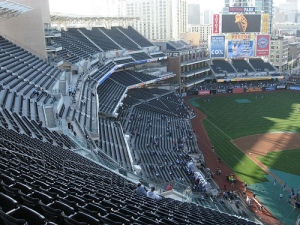 Did you know that North Carolina is one of the top nuclear power producers in the country, and also one of the top states in electricity consumption? North Carolina also ranks among the top 10 states in wind power capacity (pdf).
Did you know that North Carolina is one of the top nuclear power producers in the country, and also one of the top states in electricity consumption? North Carolina also ranks among the top 10 states in wind power capacity (pdf).
If you are interested in the future of energy, come on out on for a breakfast seminar entitled “Energy Inc.””
Topics will include:
- How will alternative energies such as solar, wind, & water shape the future?
- What is the future landscape of collaboration between energy companies?
- How will energy laws change energy production/consumption in the future?
- How will the state’s energy change as a result of the Duke Energy/Progress Energy merger ?
Panelists:
- Lloyd Yates, President & CEO, Progress Energy Carolinas
- Stephen Kalland, Executive Director, NC Solar Center
- Gary Rackliffe, Vice President of Smart Grids North America, ABB Inc.
- Ken Dulaney, Vice President of Engineering, Advanced Energy
- Dave Pacyna, Senior Vice President & General Manager, North American Transmission and Distribution Divisions, Siemens Energy Inc.
- Terina Cronin, General Manager of Gas Supply and Commercial/Industrial Marketing, PSNC Energy
- Moderator: Robert Gruber, Executive Director, North Carolina Utilities Commission Public Staff
Location:
Cree LED Lighting,635 Davis Drive Ste. 100, Morrisville, NNC 27560
Date:
Thursday, June 23, 2011
Time:
7:30 AM Registration & continental breakfast
8:00-10:00 AM: Program
Are you interested in energy issues? What do you think of the Duke Energy and Progress Energy merger? Alternative energy issues? Drop me a comment and share your thoughts!
Photo: (c) Freefoto.com.



